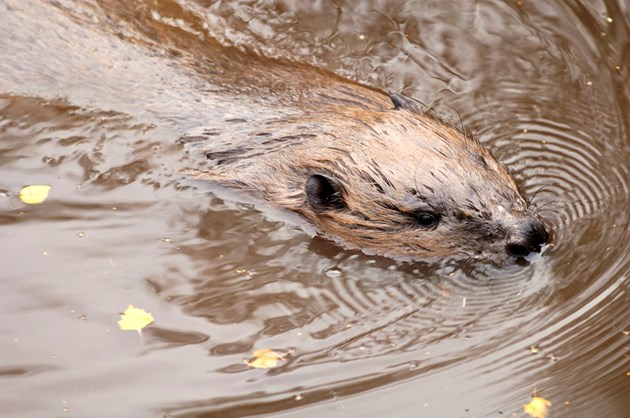NATURESCOT has published the latest beaver licensing figures, with 87 being killed under licence in 2021, as work steps up to prepare for population expansion across Scotland.
The number of beavers killed was down compared to the previous year with 115 killed in 2020.
The number being moved to licenced projects had risen from 31 in 2020 to 33 in 2021.
Licence returns for 2021 showed that 120 beavers had been removed from problem areas in Tayside to prevent serious damage to agriculture.

Recent surveys indicated that the beaver population is increasing by 30% a year, as such NatureScot is confident that the 120 removed from problem areas will not have a negative impact on the favourable conservation status of beavers.
The 120 beavers were removed from 21 geographically restricted sites and represent around 10% of the total estimated beaver population in Scotland.
The most recent licensing figures do not yet reflect the Scottish Government policy to change support expansion of the population across Scotland, which will come into effect this summer.
NatureScot is preparing for this by working with partners to develop a National Beaver Strategy which will set out a long term vision for beavers in Scotland.
The strategy will broadly identify opportunities and benefits as well as risks and constraints, for beaver restoration in new catchments.
In parallel NatureScot is carrying out work to map these risks and benefits to prioritise suitable catchments for new releases.
Individuals and organisations are being encouraged to register their interest and start discussing possible translocations.
Biodiversity Minister Lorna Slater said: “Restoring this previously extinct species is a major nature restoration milestone but is also important because beavers contribute to restoring Scotland’s natural environment and help to mitigate flooding.
“Following the Scottish Government’s decision last year to actively support the expansion of the beaver population, I want to continue to see greater use of translocation and other mitigation measures to ensure that people and beavers can live side-by-side.
“We will therefore continue to encourage conversations between land managers and NatureScot to facilitate translocation and help to expand beaver numbers across the country.”
NatureScot Director Robbie Kernahan said: “The proportion of beavers trapped and moved last year increased to 28% from 15% in 2019 which is good news, as we continue the work to expand the population across Scotland into new catchments.
“Over the next few years, we expect to see that trend continue.
“At NatureScot we are stepping up preparations for this, working with partners to develop the long-term vision for Scotland that we need.
“We expect the Scottish Beaver Strategy to be finalised this summer and then we will begin processing applications for new releases outside the Tayside and Knapdale catchments.
“Beavers can play an important role in helping to restore biodiversity and respond to the climate emergency in Scotland and we aim to see further releases into new catchments in Scotland this year.”
In 2020/21 a survey of the Forth and Tay catchments found a minimum of 251 active beaver territories, estimated to equate to 954 beavers, and representing a 30% annual increase in territories from 2017/18, a trend that was expected to continue.

